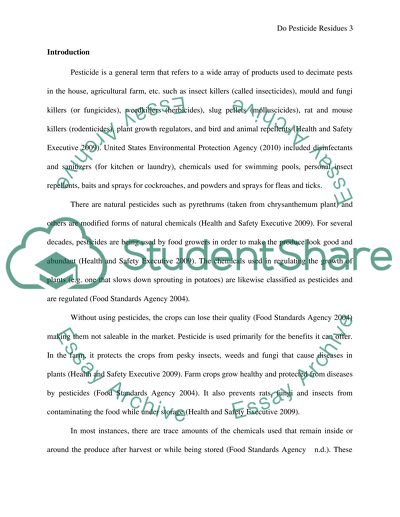Cite this document
(“'Do pesticide residues in food pose a significant risk to consumer Essay”, n.d.)
Retrieved from https://studentshare.org/environmental-studies/1407274--do-pesticide-residues-in-food-pose-a-significant
Retrieved from https://studentshare.org/environmental-studies/1407274--do-pesticide-residues-in-food-pose-a-significant
('Do Pesticide Residues in Food Pose a Significant Risk to Consumer Essay)
https://studentshare.org/environmental-studies/1407274--do-pesticide-residues-in-food-pose-a-significant.
https://studentshare.org/environmental-studies/1407274--do-pesticide-residues-in-food-pose-a-significant.
“'Do Pesticide Residues in Food Pose a Significant Risk to Consumer Essay”, n.d. https://studentshare.org/environmental-studies/1407274--do-pesticide-residues-in-food-pose-a-significant.


